These early summer days, on the salt field of about 40 hectares in Lien Tho village, Ho Do commune ( Ha Tinh city), there is only Mr. Le Son (70 years old) who is clinging to his father's traditional profession to make a living. Around him are degraded salt fields, transport roads covered with weeds, sedimentation wells covered with green moss, makeshift shelters, and dilapidated temporary storage warehouses. The field that used to feed hundreds of families, dozens of generations, has been almost abandoned, some of it turned into land for growing beans and vegetables.
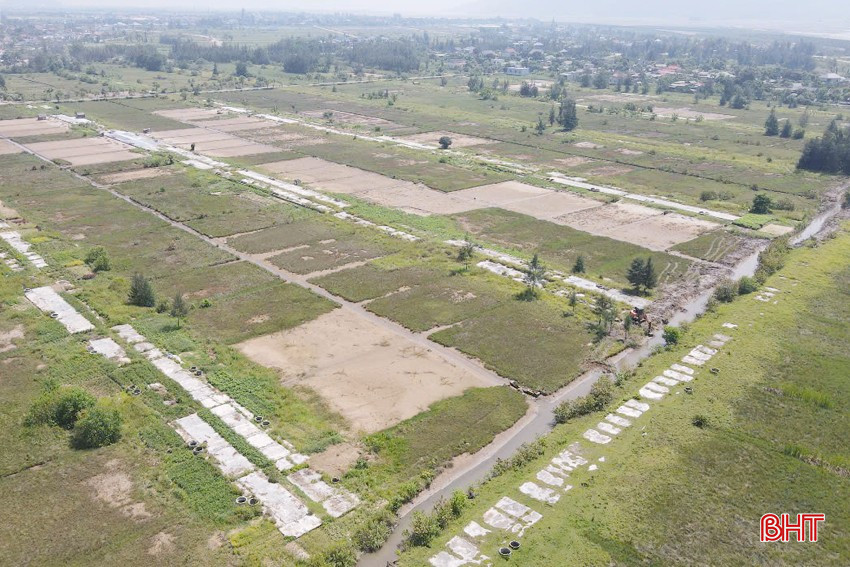
Mr. Le Son shared: “I regret the profession my ancestors left me and I don’t know what else to do to make ends meet, so I have to do it because almost all the surrounding households have given up the salt business. The reason is that production is ineffective. Working hard all day on 1.5 sao but only getting more than 1 quintal of salt, the salary is only about 250 thousand VND. Not to mention the sunny and rainy days, unstable production, unstable income... so the life of salt farmers is very difficult.”
According to the reflection of salt farmers in Ho Do and other localities, the reason for the gradual decline of the salt industry in Ha Tinh is because of the backward traditional manual production method, seriously degraded infrastructure, low productivity, and low output. Although traditional salt has good quality and is cheap (from 23-25 thousand VND/kg), it still cannot compete with salt from the South. Low and unstable income makes people of working age not interested, only the elderly and weak people maintain the profession...
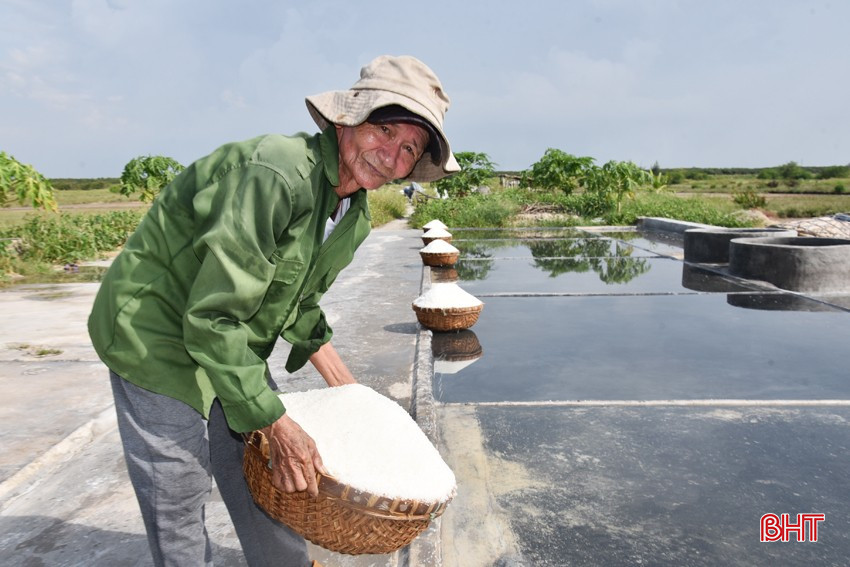
Mr. Hoang Hai Duong - Vice Chairman of Ho Do Commune People's Committee (Ha Tinh City) informed: "Although the locality has implemented a number of solutions according to the direction of the above, the salt production situation of the commune in recent years has hardly changed. The whole commune has about 120 hectares of salt land, but last year there were only 18 households producing about 56 sao (2.8 hectares) and this year it has decreased to 15 households, each household 1 - 2 sao. Production is sluggish, so in the past 3 years, we have not invested in salt fields and the output is only more than 200 tons/crop. Every year, the commune does not include salt production in the assessment of socio -economic development indicators".
At this time, the salt fields in Thach Ha, Ha Tinh City, Cam Xuyen, Ky Anh Town are in a desolate state. Mr. Dao Anh Van - Chairman of the Farmers' Association of Mai Phu Commune (Thach Ha) said: "Our commune has 37 hectares of salt land but in the past 3 years no households have produced. The salt industry is not operating, the salt land is abandoned and gradually converted into high-tech shrimp farming ponds".
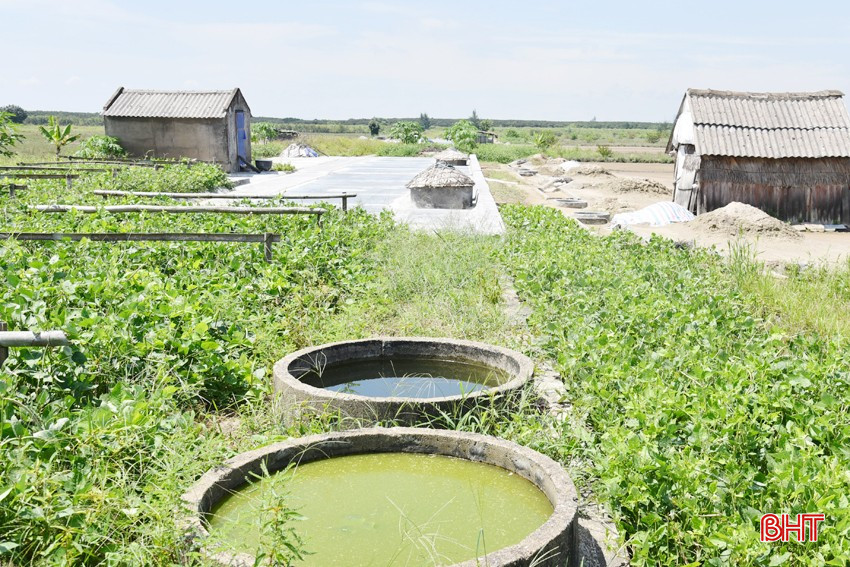
For nearly 20 years, salt production in Ha Tinh has faced many difficulties and challenges and has gradually "shrunk". In order to develop the salt industry in an effective and sustainable manner, meet consumer demand and create jobs, increase income, and stabilize the lives of salt makers, the Provincial People's Committee issued Plan No. 458/KH-UBND dated November 23, 2022 on salt production, processing and consumption in the area for the period 2022 - 2030.
Accordingly, by 2025, the whole province will renovate the salt fields, striving to restore the salt production area of 115 hectares, with an average output of 12,000 tons/year, and the salt output for processing reaching 2,400 tons. The salt fields in Ha Tinh will be invested in building and upgrading the infrastructure system; applying science and technology to increase productivity by at least 20% and increase the value of salt products by at least 20%; building a pilot model for developing the salt industry associated with rural tourism ...
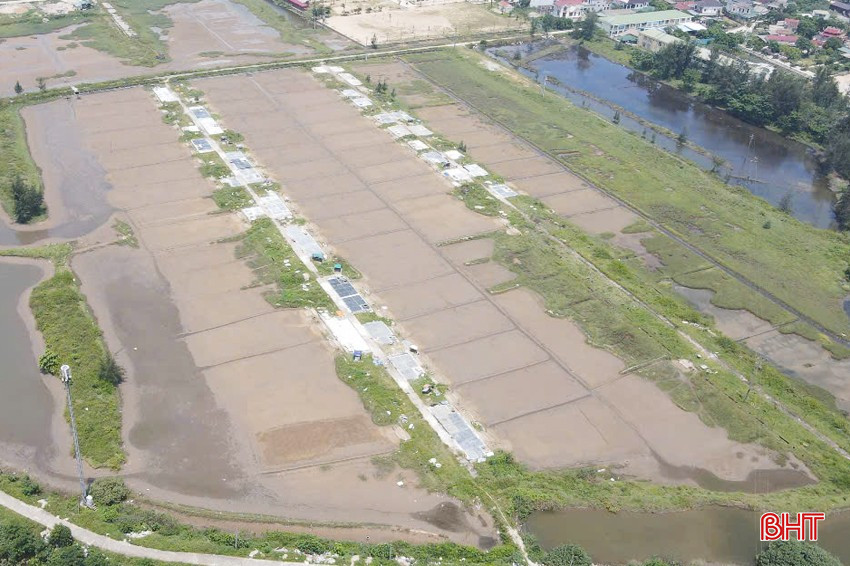
Plan No. 458/KH-UBND is considered a "lifesaver", helping to orient the strategy for salt production. However, up to this point, the targets for area and output have not been achieved. Accordingly, in 2024, the whole province will only produce 34 hectares (less than 1/3 of the plan) and produce about 4,000 tons (equal to 1/3 of the plan). In the 2025 salt crop, localities are making efforts to maintain the area, productivity and output, but it is forecasted that it will not be successful because production activities continue to face many risks and challenges.
For nearly 3 years, no locality has invested in infrastructure for the salt industry, productivity and output have been decreasing, there are no deep processing facilities, the salt industry is still underestimated and has an insignificant contribution to agricultural production.
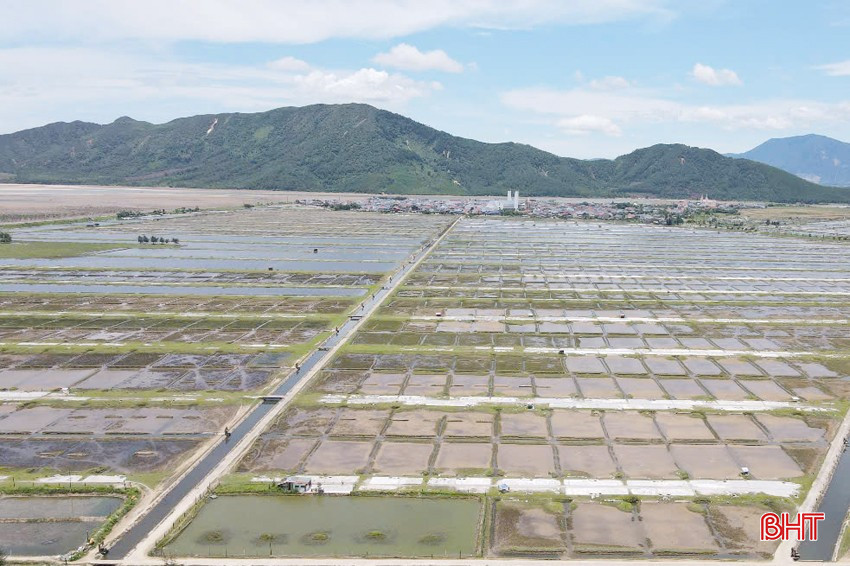
According to the assessment of the Department of Rural Development and Quality Management (Department of Agriculture and Environment), salt is not the province's strength, only produced for about 4-5 months/year, salt prices are unstable, productivity is low, so it is difficult to attract workers. Although the Provincial People's Committee has issued a production plan, assigned tasks, developed solutions, had support policies and mechanisms, arranged funding for implementation..., it is still impossible to develop production, processing, and consumption. This leads to waste of land and resources and does not improve the lives, jobs, and income of salt farmers.
Source: https://baohatinh.vn/den-nam-2025-ha-tinh-san-xuat-12-nghin-tan-muoi-nhiem-vu-bat-kha-thi-post289366.html














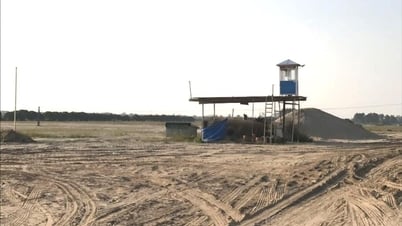

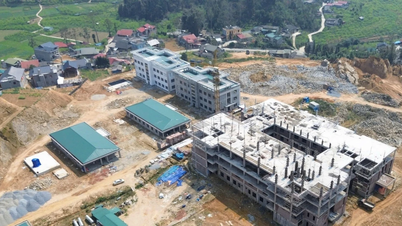







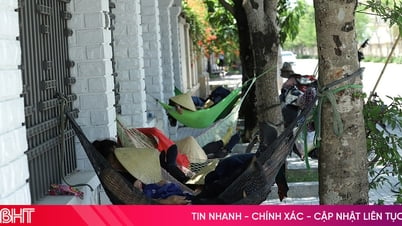



















































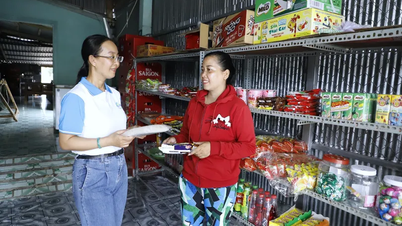










![[OCOP REVIEW] Tu Duyen Syrup - The essence of herbs from the mountains and forests of Nhu Thanh](https://vphoto.vietnam.vn/thumb/402x226/vietnam/resource/IMAGE/2025/6/5/58ca32fce4ec44039e444fbfae7e75ec)




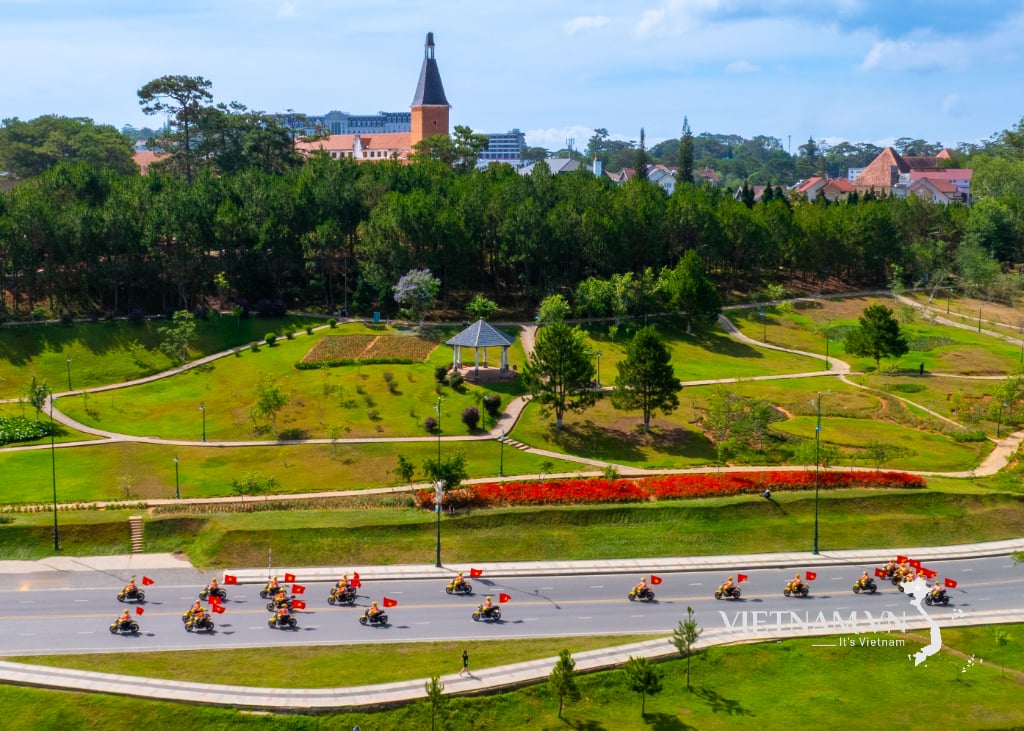

Comment (0)